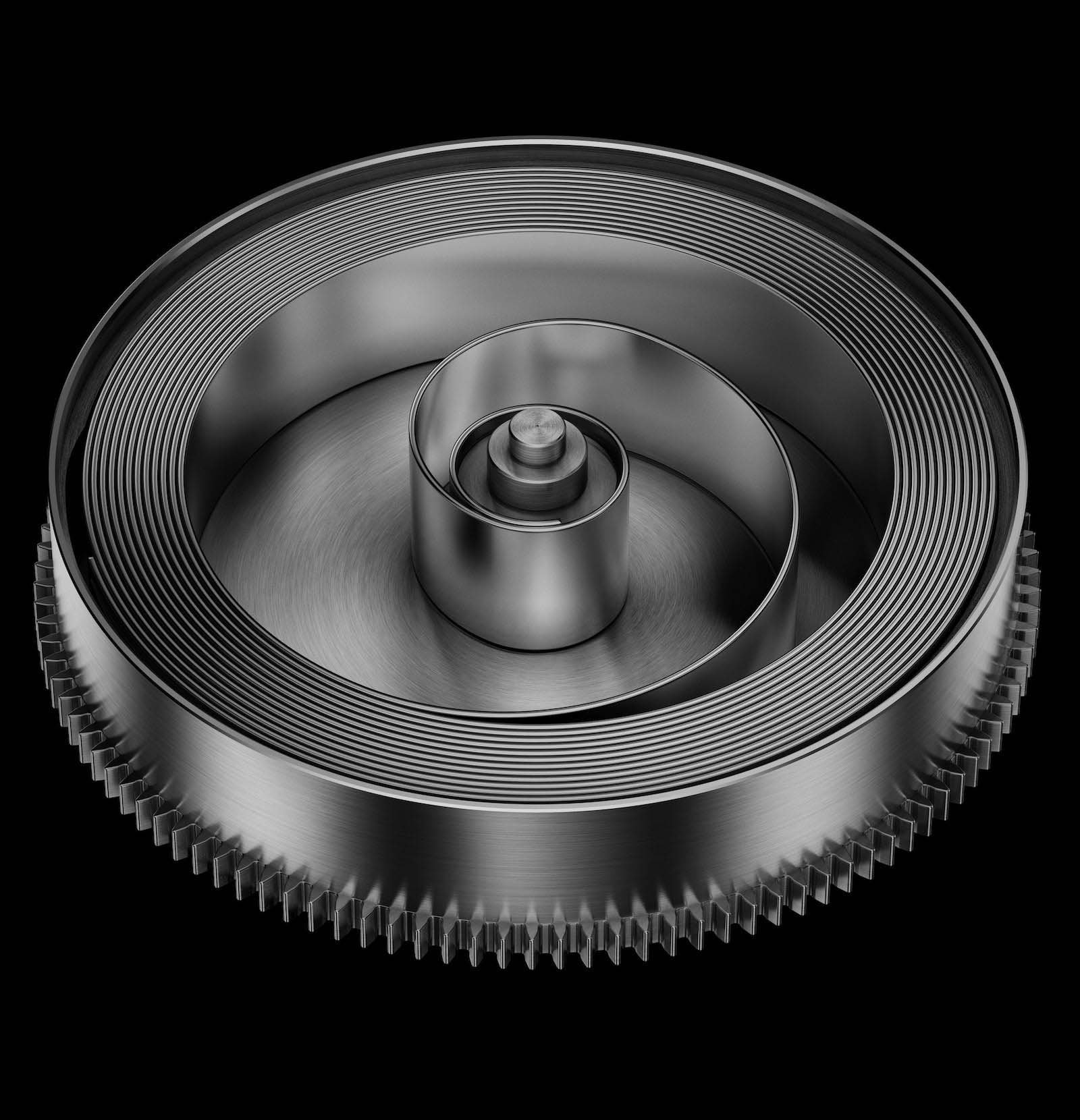Table of Contents
An analog watch is a clockwork system that tells the time using hands.
This is the display most commonly used in watchmaking for several centuries. They have the particularity of having a time indicator system which is done by moving the hands on a dial. To facilitate reading, the hours are often indicated on the dial and the small indexes indicate each minute on the dial via a small point or a line.
What are the differences between an analog and digital watch?
In the case of a watch, analog and digital watches are the two most common display types.
The analog display is a needle dial. A short hand is traditionally dedicated to the hours and a long hand to the minutes. These hands move on the dial and point to a number also placed on the dial, which can itself be replaced by dots, dashes, patterns, etc.
The numeric or alphanumeric display, sometimes called digital, uses numbers and letters. It’s a much newer system than the analog display and it doesn’t have a pointer. Indeed, the numbers are displayed directly at the heart of the dial, delivering the information at a glance.
The advantages and disadvantages of a digital watch
The real asset of a digital watch is its clarity. This type of display gives the time quickly in a fraction of a second, regardless of the size of the screen. The brain makes no effort of interpretation to guess the time. You simply have to read the data entered. Now, most smartwatches use a numeric and alphanumeric display to show time, date, speed, heart rate and lots of other data.
Liquid crystal or LED are the two most common technologies for displaying the time on a digital watch: the first are older and more durable, the second, newer and more resistant.
The advantages and disadvantages of an analog watch
The analog watch is the most common and the most traditional. Its design is acclaimed because this model combines retro style with contemporary style. There are endless possibilities offered by the dial to jewelers. You can use inlays, engravings or paints. Unlike a digital watch, which has an untouchable screen, analog watches can also use a quartz movement or mechanical, while digital watches are almost purely mechanical. They therefore offer a wider range, from low prices to high jewelry.
modern analog watches
As time went by, engineers continued to improve watch mechanisms and added springs and gears. Since the 1400s, the watches obtained have been decreasing in size.
The German locksmith, Peter Henlein, is also recognized worldwide as the creator of modern watches, since he was the first to create pocket watches. From there he became world famous as very soon the nobility and the privileged contacted him to order smaller and more elegantly designed watches – the ones we know today as pocket watches.
Peter’s watches were often inaccurate and he did not invent the mechanisms behind timekeeping, but his popularity seems to have eclipsed the facts, and it is his name that is remembered in history.







